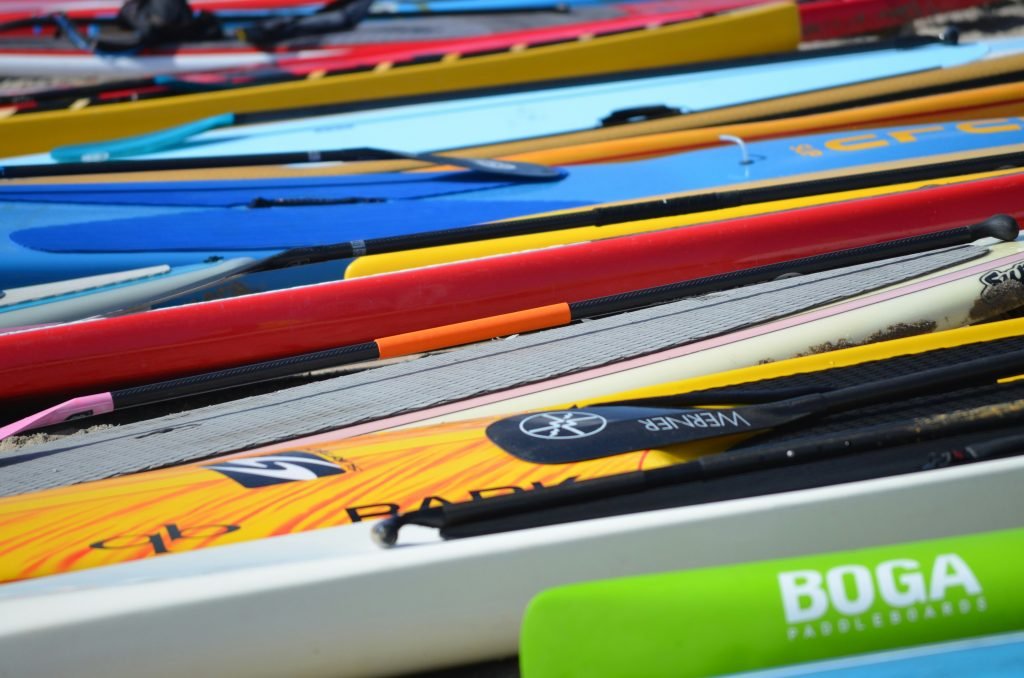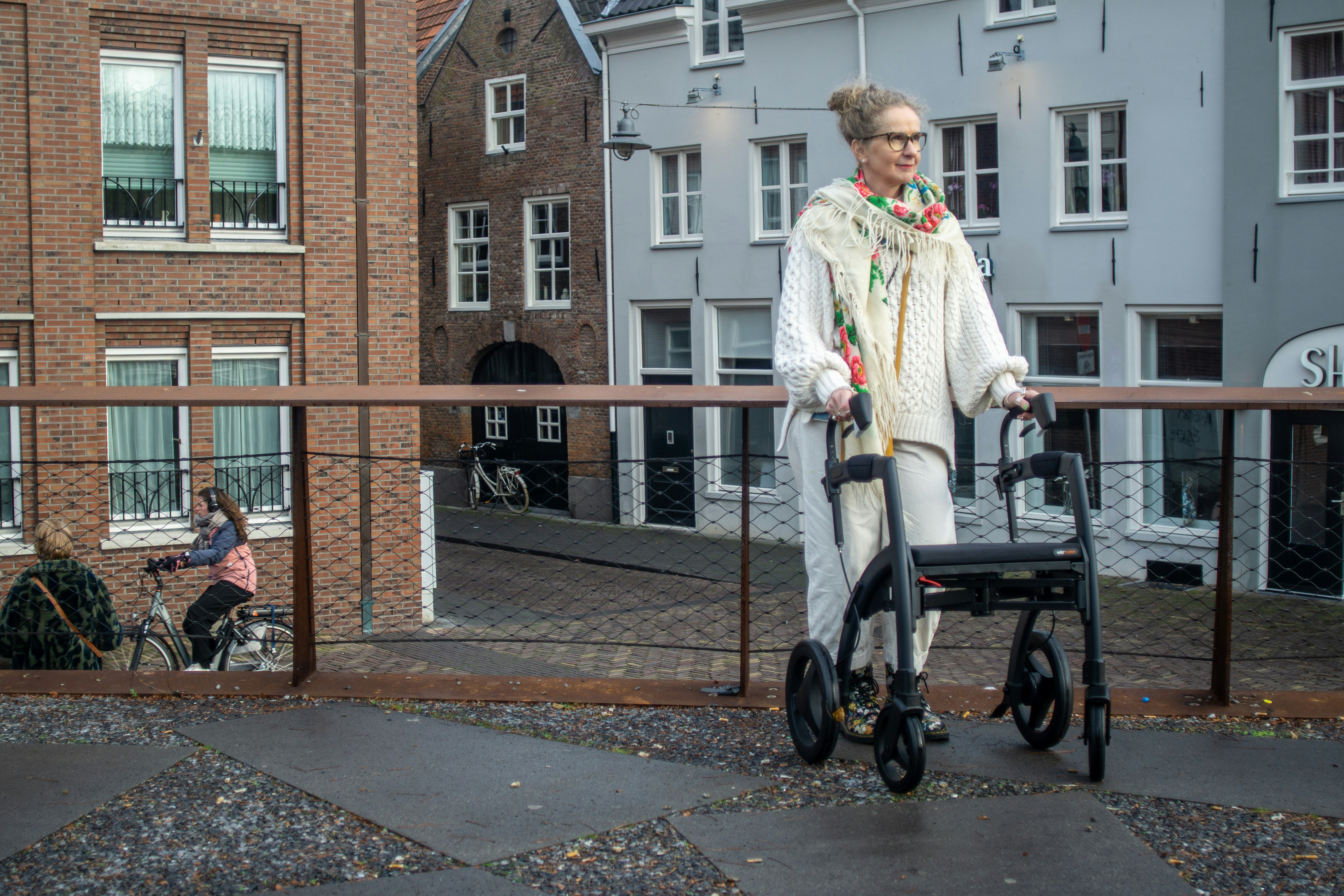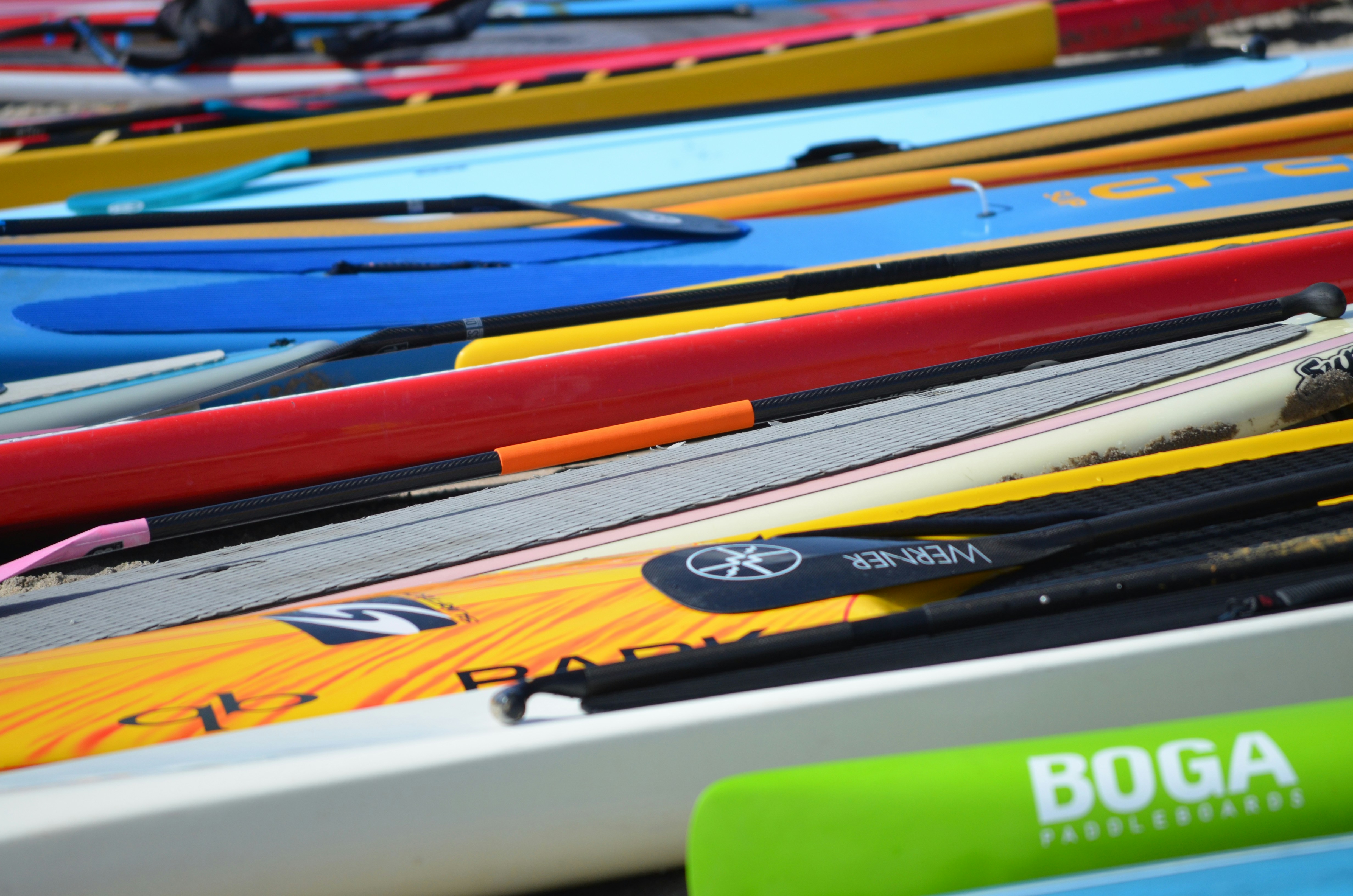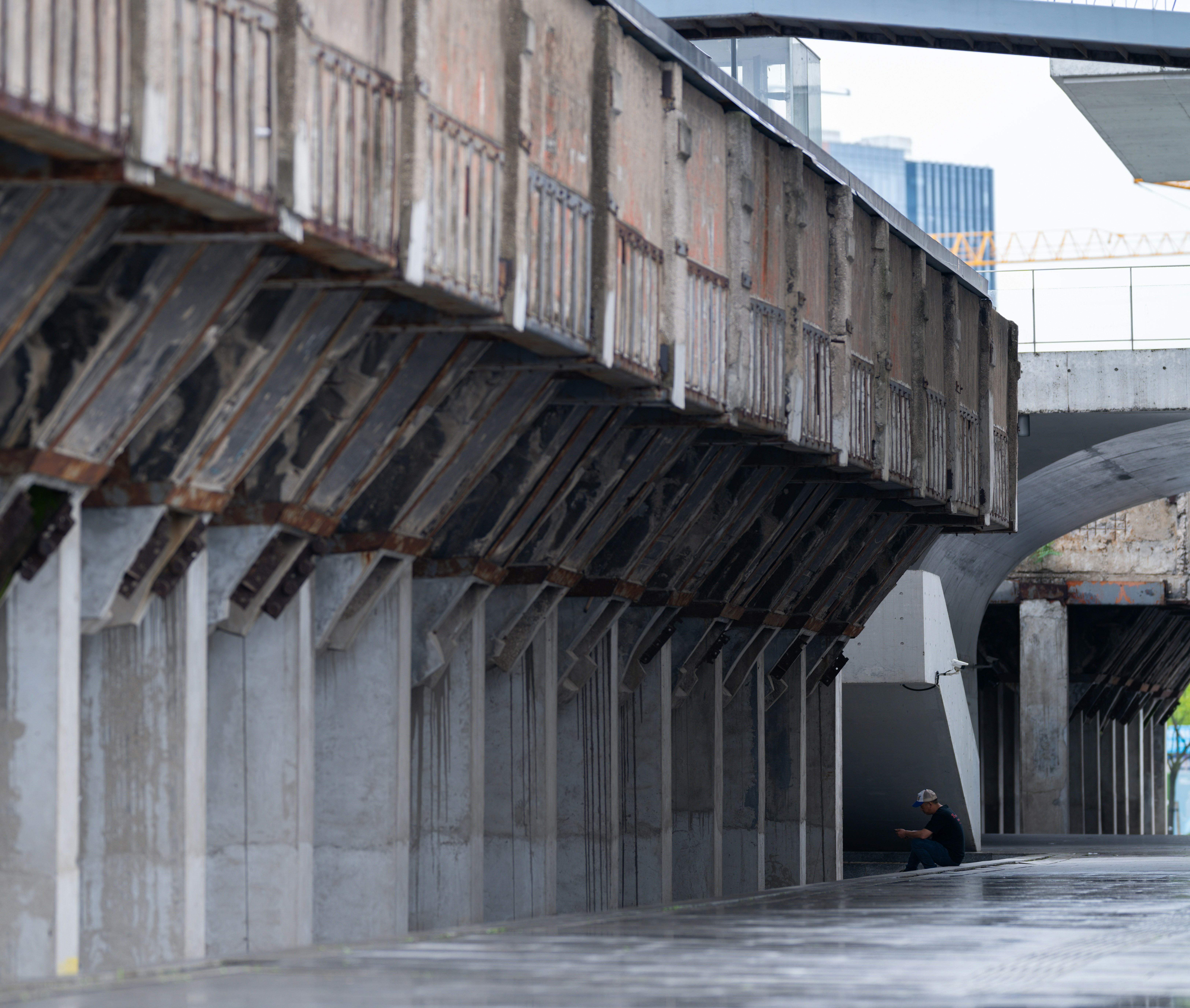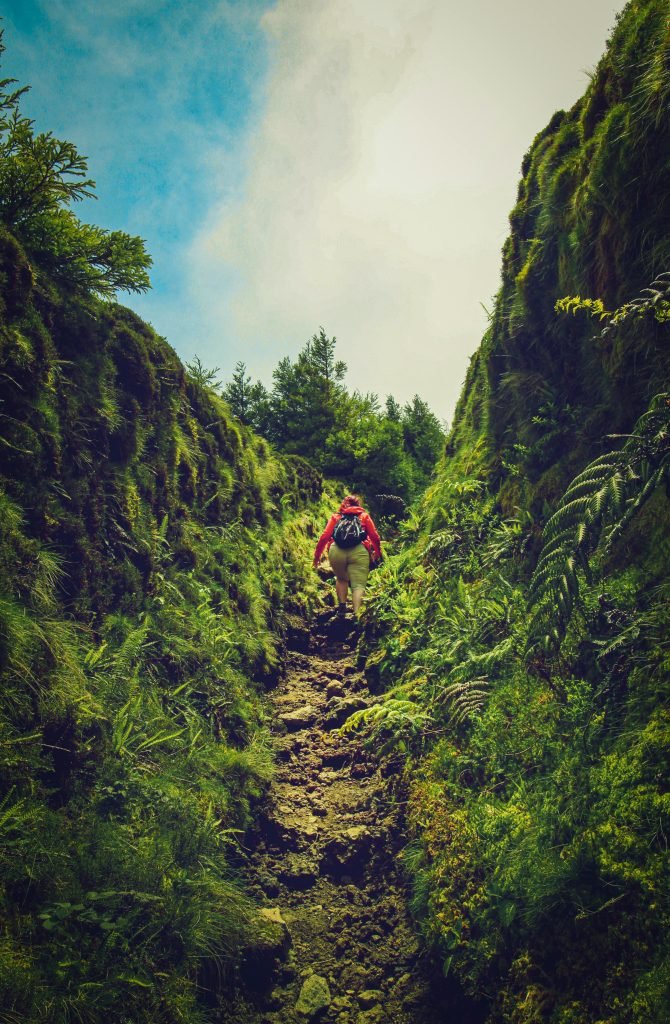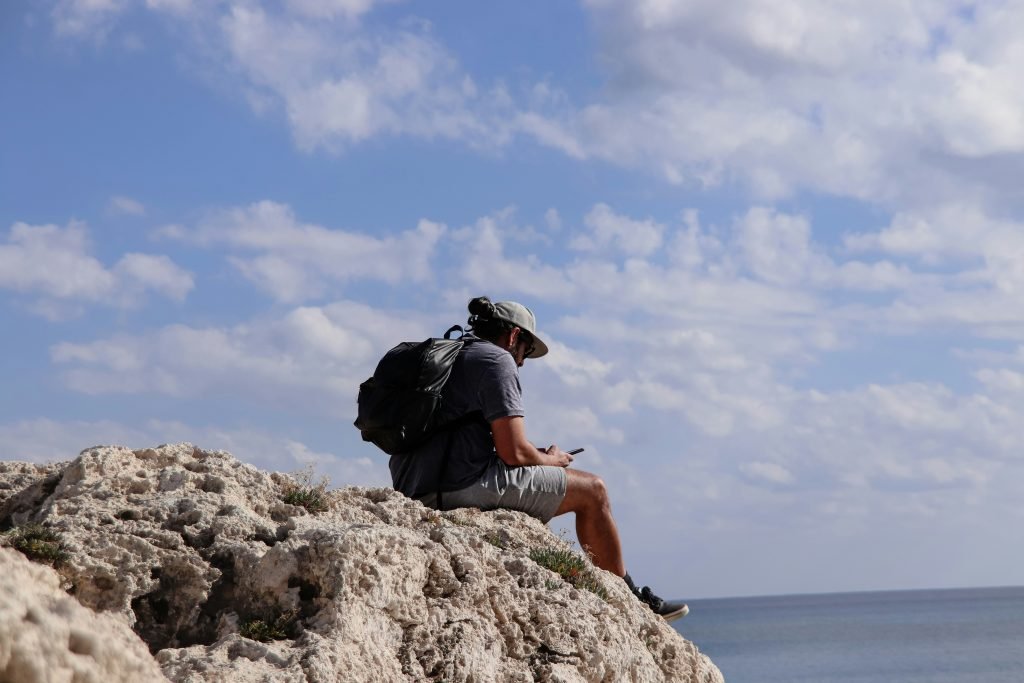What types of outdoor gear have you used or considered for your adventures? If you’re looking to get into the great outdoors, the right gear can make a world of difference. Whether you’re hiking through a dense forest, climbing mountains, camping under the stars, or just enjoying a picnic in the park, understanding the various types of outdoor gear available will help you choose what works best for your needs. Let’s break it down together!
This image is property of images.unsplash.com.
Hiking Gear
When you find yourself on a hiking trail, you want to have the right equipment to keep you comfortable and safe. Hiking gear generally consists of clothing, footwear, and accessories that help you enjoy your time outdoors.
Clothing
Proper clothing is key for changing weather conditions. Look for moisture-wicking materials that will keep you dry and temperature-regulating fabrics to ensure comfort. Here are the essential components:
- Base Layers: These include moisture-wicking shirts and pants that sit close to your skin. They help regulate your body temperature and wick away sweat.
- Insulation Layers: Fleece jackets or down vests provide warmth when temperatures drop. They can be layered on top of base layers.
- Outer Layers: Waterproof and windproof jackets protect you from the elements. Choose breathable fabrics to avoid overheating.
Footwear
Your feet are crucial when hiking. Good footwear can prevent blisters and support your ankles on uneven terrain. Consider the following types:
- Trail Runners: Lightweight and flexible, ideal for day hikes and running on trails.
- Hiking Boots: These come in various styles, offering support, durability, and water resistance.
- Sandals: Great for hot days, providing comfort and breathability during short, casual hikes.
Accessories
Accessories can enhance your hiking experience. These include:
- Backpacks: Choose one with appropriate size and features based on the length of your hike. Hydration packs are also popular for short treks.
- Trekking Poles: Perfect for maintaining balance on uneven terrain and reducing strain on your knees.
- Navigation Tools: A reliable map, compass, or GPS device is vital for safe hiking.
Camping Gear
Camping gear is essential for those who want to spend a night or more in the wilderness. It encompasses everything you need for shelter, cooking, and comfort.
Shelter
A good shelter is your first line of defense against the elements. Consider the following types of shelters:
- Tents: Available in various styles, including backpacking, family, and four-season tents, your choice should depend on your camping location and group size.
- Tarps: Lightweight and versatile, useful for creating a makeshift shelter or ground cover.
- Hammocks: Ideal for lightweight campers looking to enjoy a different sleeping experience.
Sleeping Gear
Getting a good night’s sleep in the wild is vital for your energy levels. Here are your options:
- Sleeping Bags: Choose a bag rated for the temperatures you’ll encounter. Mummy bags offer warmth and compactness, while rectangular bags provide more room.
- Sleeping Pads: Insulates you from the cold ground and provides cushioning. Options include air pads, foam pads, and self-inflating models.
- Pillows: You can bring a compact inflatable pillow or use clothes stuffed in a stuff sack as an alternative.
Cooking Gear
Cooking while camping doesn’t have to be complicated. Here’s what you might need:
- Stoves: Options range from lightweight backpacking stoves to larger camp stoves. Make sure to account for fuel type and availability.
- Cookware: Consider pots, pans, and utensils that are durable and suited for outdoor use.
- Coolers: To keep food fresh, especially if you’re camping for an extended period. Look for one with good insulation.
Climbing Gear
If you’re an adventurer who loves climbing, you know the importance of having the right gear. Safety is paramount when scaling rocks or mountains.
Protective Gear
When you’re climbing, protective gear keeps you secure. Here are some essentials:
- Climbing Harness: A well-fitted harness is essential for any climber. Make sure it’s comfortable and adjustable.
- Ropes: Dynamic ropes are used for lead climbing, while static ropes are meant for anchored systems.
- Carabiners: These come in various shapes and gate types. Choose locking carabiners for added security.
Climbing Shoes
The right shoes can dramatically improve your climbing experience. Here are things to consider:
- Beginner Shoes: Look for comfort and ease, with a flatter profile and cushioning.
- Intermediate Shoes: More aggressive with a pointed toe for precision on holds.
- Advanced Shoes: Tight-fitting with a downturned shape for expert climbers.
Other Accessories
Beyond the main pieces of gear, accessories can enhance your climbing experience:
- Chalk Bags: Help keep your hands dry for better friction on holds.
- Belay Devices: Used for braking and lowering partners safely.
- Crash Pads: Essential for bouldering to provide cushioning in case of falls.
Fishing Gear
Fishing can be a relaxing way to enjoy the outdoors. Gathering the right gear ensures a successful outing.
Rods and Reels
Choosing the right rod and reel combo can enhance your fishing experience. Here’s a brief overview:
- Spinning Rods: They’re versatile and great for beginners.
- Baitcasting Rods: Provide better control for experienced anglers.
- Fly Rods: Specifically designed for fly fishing.
Tackle
The tackle includes everything you use to catch fish. Different types of tackle include:
- Fishing Lines: Monofilament, fluorocarbon, and braided lines each have their own benefits.
- Hooks: Selecting the right hook size and style is essential for different fish species.
- Baits and Lures: Live bait or artificial lures can both be effective, depending on the conditions.
Fishing Accessories
These extras can improve your ease and success while fishing:
- Tackle Boxes: Organize and store all your fishing gear in an easily accessible way.
- Coolers: Keep your catches fresh while you’re out on the water.
- Fishing Clothes: Wear moisture-wicking and sun-protective clothing for comfort.
This image is property of images.unsplash.com.
Cycling Gear
Whether you’re riding through picturesque trails or commuting to work, cycling gear can optimize your ride.
Bicycles
The type of bike you choose should fit your riding style:
- Road Bikes: Lightweight and efficient for paved surfaces.
- Mountain Bikes: Built to handle rough terrains with sturdier frames and wider tires.
- Hybrid Bikes: A mix of both, ideal for casual riders on various paths.
Safety Gear
Staying safe while cycling is crucial:
- Helmets: Always wear a certified helmet to protect your head.
- Lights: Front and rear lights make you visible to others, especially in low-light situations.
- Reflective Gear: This adds visibility and can be crucial when riding near traffic.
Accessories
Cycling gear doesn’t stop at the bike:
- Panniers: Useful for carrying your essentials on longer rides.
- Bike Locks: Keep your bike secure with a solid lock.
- Biking Clothing: Look for breathable materials and padded shorts for comfort.
Winter Sports Gear
If winter activities are more your scene, different gear is required to keep you warm as you enjoy the snow.
Ski Gear
Skiing can be exhilarating, but having the right equipment enhances your experience:
- Skis: Different types are made for various styles, like alpine, cross-country, or freestyle.
- Ski Boots: Proper boots are essential for control and comfort.
- Poles: Help with balance and coordination on the slopes.
Snowboard Gear
Instead of skiing, if snowboarding is your passion, you’ll need:
- Snowboards: Choose one based on your style (freestyle, all-mountain, or powder).
- Bindings: Connect your boots to your board and should be comfortable yet secure.
- Boots: Ensure they fit snugly for better control while riding.
Clothing
Stay warm and dry with appropriate winter wear:
- Base Layers: Moisture-wicking materials that fit close to your skin.
- Insulating Layers: Fleece or down jackets to provide warmth.
- Outer Layers: Waterproof and windproof jackets and pants are vital.
This image is property of images.unsplash.com.
Water Sports Gear
For those who love the water, having the right equipment will enhance your fun, whether you’re swimming, kayaking, or sailing.
Kayaking and Canoeing Gear
When paddling, gear is essential for comfort and safety:
- Kayaks and Canoes: Choose between inflatable or hard-shell options based on your needs.
- Paddles: Select the correct size and type for your watercraft.
- Buoyancy Aids: Always wear a personal flotation device (PFD) for safety.
Swimming Gear
Whether in the ocean or pool, the right gear is pivotal for enjoying your swim:
- Swimsuits: Choose one made from quick-drying material for comfort.
- Goggles: Protect your eyes from chlorine or saltwater.
- Caps: Keeps hair out of your face and reduces drag.
Surfing Gear
Riding the waves is thrilling, and the right equipment is key:
- Surfboards: Different shapes and sizes cater to various skill levels.
- Wet Suits: Keep you warm in cooler waters and should have a snug fit.
- Leashes: Secure your board to your ankle, preventing it from getting swept away.
Conclusion
Now that you’re familiar with the different types of outdoor gear, it’s time to consider what best fits your lifestyle and activities. From choosing the right hiking gear to gathering camping essentials or gearing up for winter sports, understanding each category will help the next adventure be as enjoyable—and safe—as possible.
Ask yourself what outdoor activities excite you the most and let that guide your gear selection. Remember, the right equipment can significantly enhance your experience, so invest wisely in gear that aligns with your outdoor passions. Enjoy your adventures!

